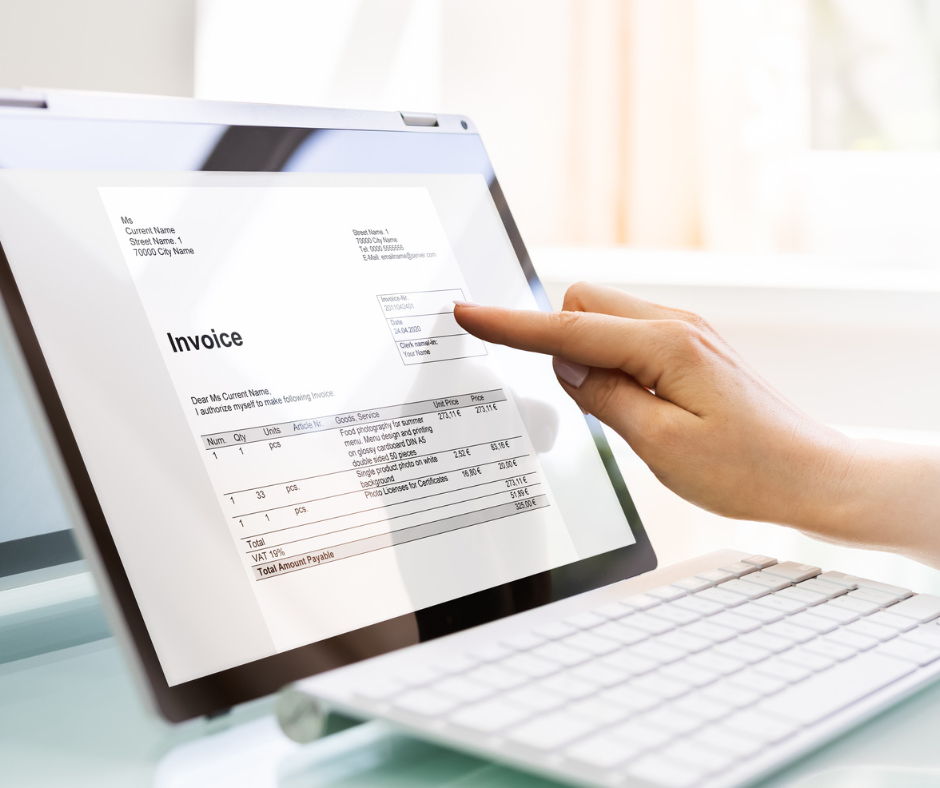
As business owners, one of the biggest decisions we have to make is how much to charge for services. It can make or break your success.
Pricing is one of the first decisions we make when starting out. Yet, we often make this decision with little experience and only a limited frame of reference.
So, it shouldn’t be surprising to find that many NatHERS assessors are undercharging for their work. What is surprising is exactly how low their rates are.
In fact, our recent survey [link to survey] revealed the lowest rate paid was a mere $23 per hour, with the median rate being $80 per hour.
In other words, assessors should be paid more for the value they provide.
With three out of four NatHERS assessors being self-employed and two-thirds (65%) of NatHERS assessors setting up their own businesses after becoming accredited, this issue needs to be addressed.
Before we dive into how to work out what to charge for your services, let’s start with the very real issue of undercharging and the impact it can have on your business.
Why NatHERS assessors are charging too low
If you find yourself working long hours, including weekends and evenings, that is a surefire sign that you need to charge more.
But why?
There are lots of factors at play – here are three main reasons why NatHERS assessors are charging too low:
- You’re being undercut by competitors
In our survey, NatHERS accredited assessors commented that they are being undercut by non-accredited assessors or offshore workers, meaning they need to drop their prices even lower or risk losing work.
But competing on price is a race to the bottom. No matter what you charge, somebody out there will always be able to beat it.
- Clients don’t value what you do
More than half (54%) of NatHERS assessors said that their clients – mostly builders and developers – do not see the value of improving thermal performance. Instead, they want the quickest, cheapest and easiest minimum-compliant solution.
If clients don’t appreciate the true value of your work, it can be difficult to charge a premium for your expertise.
But if you, and the industry as a whole, can demonstrate or improve the perceived value in the work you do, this will go a long way to increase rates across the industry.
- You worry about scaring away clients
When you start out, you might worry that clients won’t accept a quote if you charge too high. However, keeping prices low means you miss out on lost revenue and are forced to cut corners to make ends meet.
The problem with charging too low
Worst case, undercharging will put you out of business. But mostly, it will make projects very stressful.
You will be earning a lower hourly rate than you’d like, while also having to find time to fit in extra projects to make up for the shortfall.
Undercharging also causes bigger issues. Selling your service for a low price dramatically reduces its perceived value. Clients will see a low price and think the service must be low quality or doesn’t require much expertise.
Then, consider the type of client that low rates attract — those who don’t value your work or are keen to cut corners. Speaking of cutting corners, that’s exactly what you’ll be under pressure to do if you don’t charge enough.
How to calculate a realistic rate
Now that you know the risks of undercharging, how do you charge a realistic rate that represents your unique value and expertise?
Here’s what you need to consider when charging clients:
Establish a minimum take home salary
Start with the minimum wage you would like to take home. How much do you want to earn in a year?
Don’t get greedy here – the goal is to identify the smallest number on which you can comfortably live.
Add your costs
Next, calculate the various costs associated with running your business.
That should include ongoing costs, such as:
- NatHERS certificate fees
- Accreditation and AAO membership fees
- Software subscriptions
- Office overheads – internet, phone and admin costs
- Insurance
- Continuous education
But it should also include one-off costs such as a new computer, printer etc. Work these costs out on an annual basis.
Work out how much of your time is chargeable
Now you have a figure in mind, consider how many hours you can work in a week. Again, using your costs above, this will give you an idea of how much to charge per hour.
Unfortunately, you can’t charge for every single hour you work. You will spend time writing proposals, doing admin, learning about regulation changes, and doing bookkeeping. All of these things take time, but are not chargeable.
Once you have an hourly rate in mind, you can use this to put together project quotes for clients.
Charging for projects
For NatHERS assessors, charging by project means you can include all your costs and the number of hours it will take you to complete.
With this pricing model, include a caveat in your agreement that states there are extra fees for any work outside the scope of the project.
Choosing a project fee relies on knowing how long it will take for different types of project, which comes with experience.
So if you’re starting out, the best approach is to ask your peers. Head to the NatHERS Assessors Network on Facebook and ask others for advice on how they would price the project.





